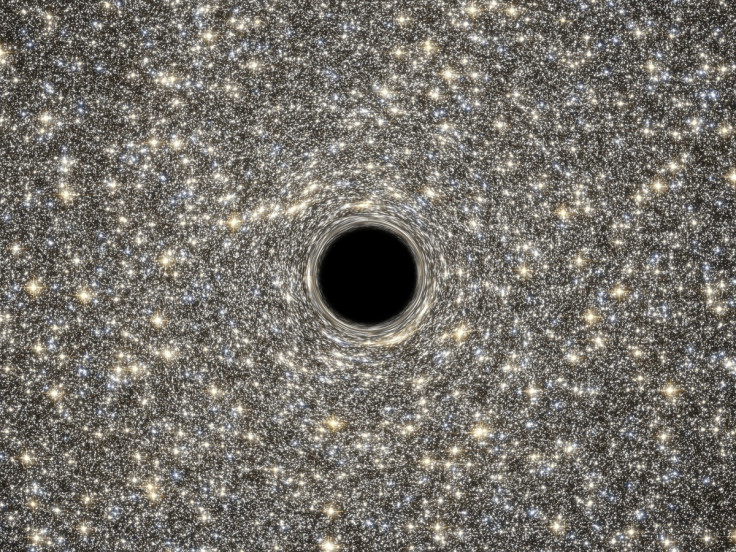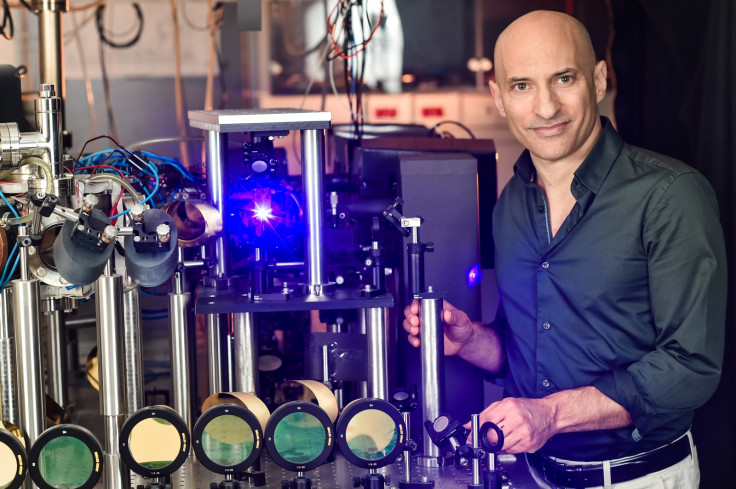Why black holes may not be entirely 'black'
New findings are strongest indication that Professor Stephen Hawking's black-hole theories are correct.

In 1974, Stephen Hawking proposed one of his most influential theories, hypothesising that black holes are not completely 'black' but in fact emit a kind of radiation now known as Hawking radiation.
Black holes are regions of space which are so dense that, it is thought, nothing, not even light, can escape beyond their so-called event horizon – the boundary at the edges of a black hole beyond which gravity becomes almost infinitesimally strong.
However, confirming Hawking's theory has proven extremely difficult given that the radiation he was describing is incredibly weak, leading scientists to believe that it was essentially undetectable.
However, ground-breaking new research conducted by Professor Jeff Steinhauer at the Israel Institute of Technology – in a paper published in the journal Nature Physics – has provided experimental evidence that black holes emit a form of quantum radiation.
To overcome the hurdle of not having easy access to an actual black hole, Steinhauer used an artificial simulation of a black hole to try and observe Hawking-like radiation. This lab device, known as an sonic black hole analogue, mimics the gravitational effects of a black hole but is designed in such a way that sound, rather than light, cannot escape it.
Hawking's ideas stemmed from the uncertainty principle described by quantum mechanics – a branch of physics which describes the strange processes which occur at the atomic and sub-atomic level of matter. One aspect of the principle shows that pairs of particles – one consisting of matter, and the other of anti-matter – are continuously emerging into existence and annihilating each other almost immediately, with this process occurring even in the vacuum of space.
However, if a pair of particles were to appear on the edge of the event horizon of a black hole, one would be swallowed up, while the other escapes, manifesting itself as Hawking radiation. In outer space, the particles that escape are called photons – or tiny elementary particles of light which demonstrate wave-like properties.

Steinhauer has demonstrated a similar process in the lab, but instead of observing photons escaping from a real black hole, they observed their acoustic analogue, called phonons – small packets of energy that sound waves are comprised of – escaping from the simulation black hole.
Crucially, the research has shown – for the first time – that the particle pairs display a crucial property of Hawking radiation called quantum entanglement, a phenomenon which occurs when particles interact in such a way that they cannot be described independently.
Steinhauer observed the phonons, finding that as one escaped the simulation black hole, its partner particle could be found the same distance away but moving in the opposite direction, proving that quantum entanglement was occurring.
Steinhauer says that the results of the study have implications far beyond the physics of black holes and are a key step towards understanding the answers to fundamental questions that have long plagued physicists, regarding the links between the micro world of quantum physics and the effects of gravity.
There has been speculation in the past that if Hawking radiation was ever confirmed in the lab, given the near impossibility of detecting it in real life, that the English physicist could be in the running for a Nobel prize – although it is still far too early to tell whether this could become a reality.
© Copyright IBTimes 2025. All rights reserved.





















